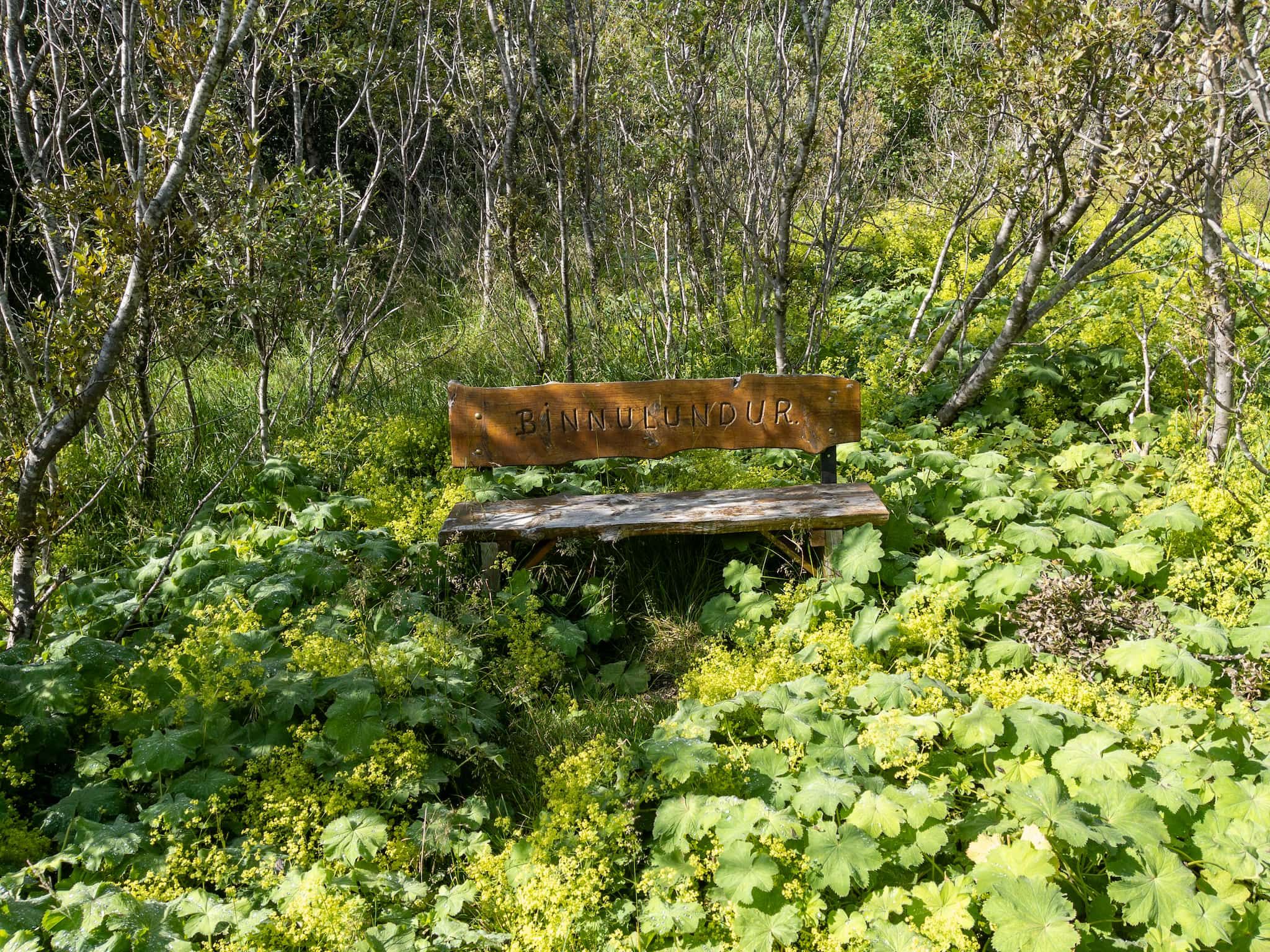Binna's Grove: forests can begin with one person
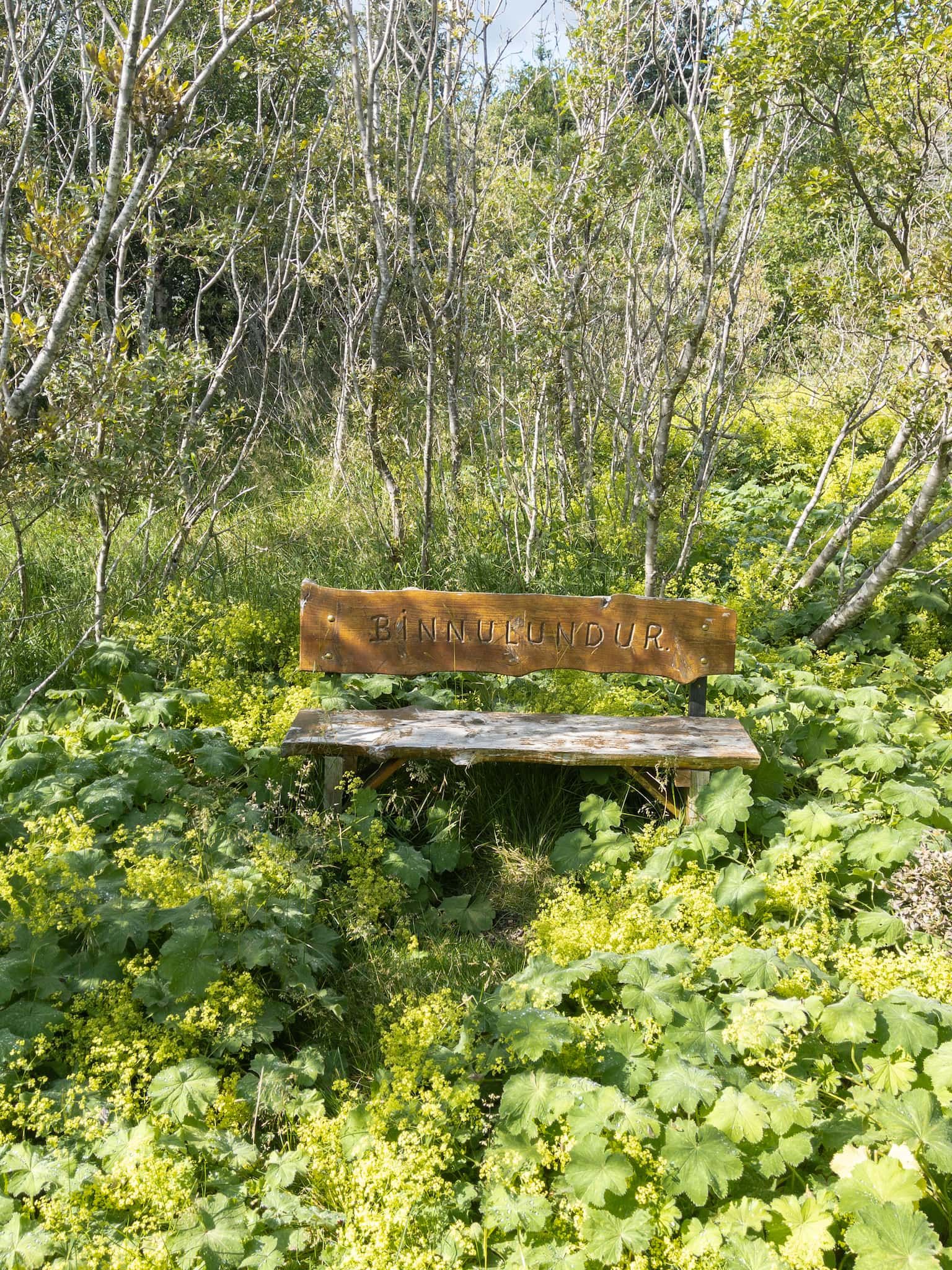
One of my favourite stops on my walks around Hveragerði is a small grove in the reforestation area to the west of the town.
This is probably my favourite of the local benches here in Hveragerði.
This is Binna’s Grove (“Binnulundur” in Icelandic).
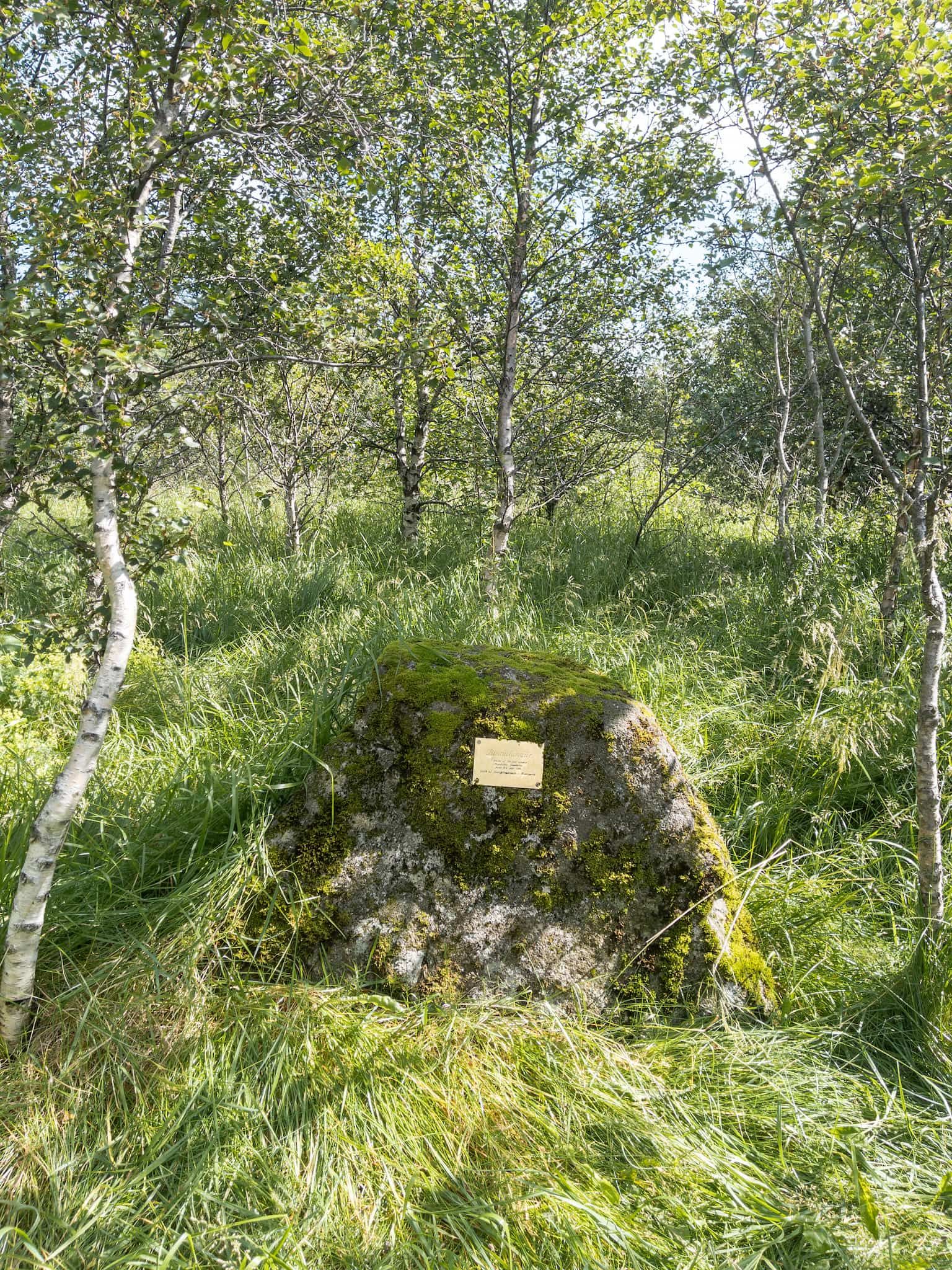
The bench there looks like it has long since lost the battle against overgrowth and wild plants.
The grove was named after Brynhildur “Binna” Jónsdóttir and the bench was placed there on the occasion of her 60th birthday in 1976 in an effort spearheaded by the Women’s Association of Hveragerði.
Brynhildur Jónsdóttir was one of the founders of the Hveragerði Forestry Association and one of the main drivers behind the entire region’s reforestation effort.
If you’re familiar at all with Iceland’s history or geography, you should know that it is largely devoid of trees. While it used to be covered with trees – to use the phrasing used in the Sagas – “from mountain to coast” centuries of logging, charcoal production, and overgrazing destroyed most of our forests.
This is something we’ve tried to change with reforestation efforts beginning in earnest after World War Two.
Brynhildur Jónsdóttir, Binna, is why we have trees here in Hveragerði. She didn’t work alone, but without her its unlikely that the effort would have been as successful as it was.
She was born in 1916 but moved early in her life to Hveragerði.
Some of her own story is preserved in the Ísmús archive of the ethnology research done by the Árni Magnússon Institute for Icelandic studies, which contains 15 short recordings of her recounting her own story.
One of contributions was to ensure the diversity of tree species in the local reforestation areas, long before people here realised how risky tree monocultures could be. She was an avid hiker and wherever she hiked in the Icelandic countryside, she looked out for local plantlife and nurtured many of them from seedlings that were later planted here in the area. She researched foreign tree species to look for varieties that might fill ecological niches formerly occupied by now-extinct native species.
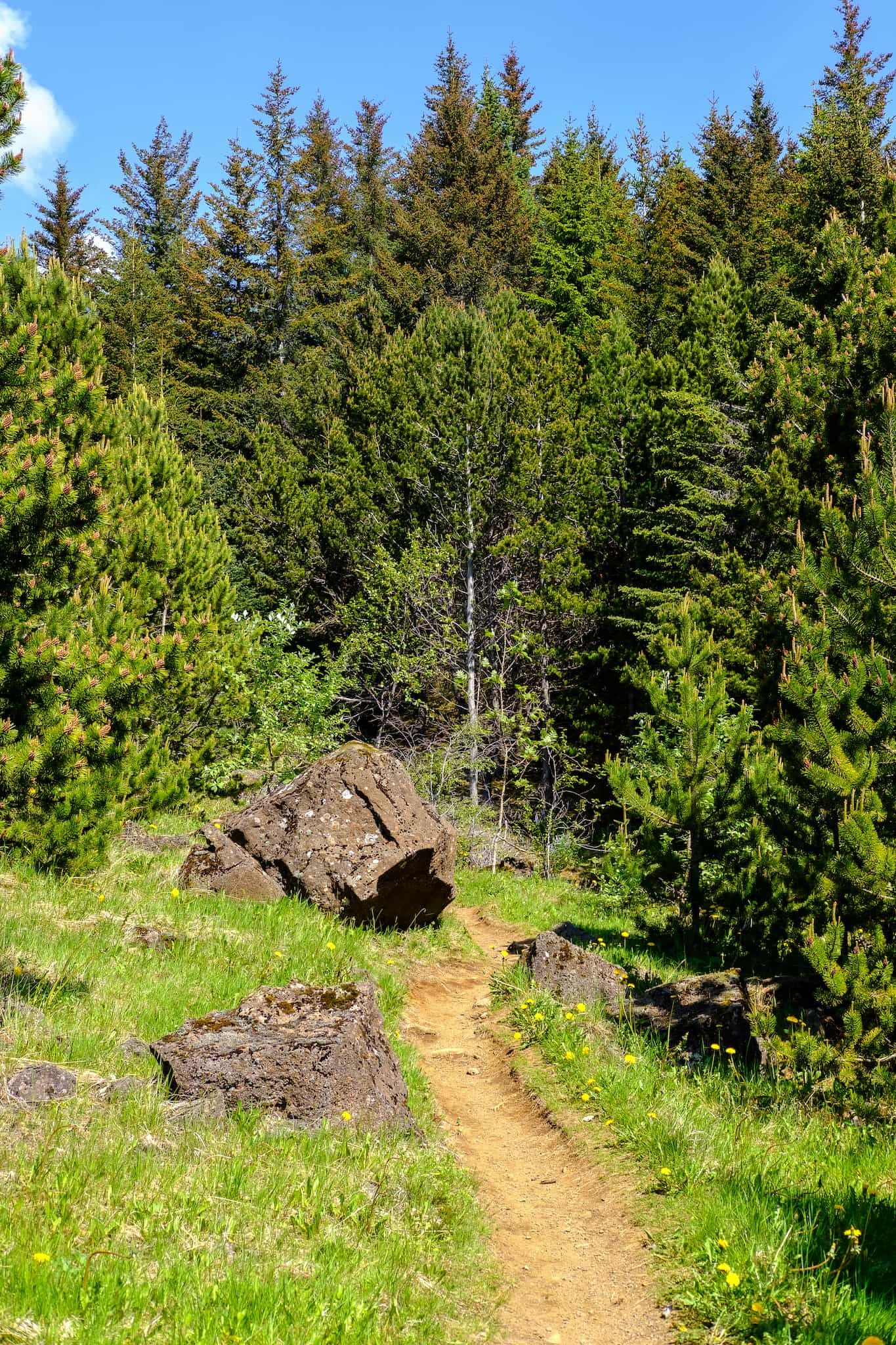
Binna died in 2008, 92 years old and it’s no exaggeration to say that the town of Hveragerði, at least, would not have been the same without her.
But her true legacy is the area by the cliffs (Hamarinn) here in Hveragerði.
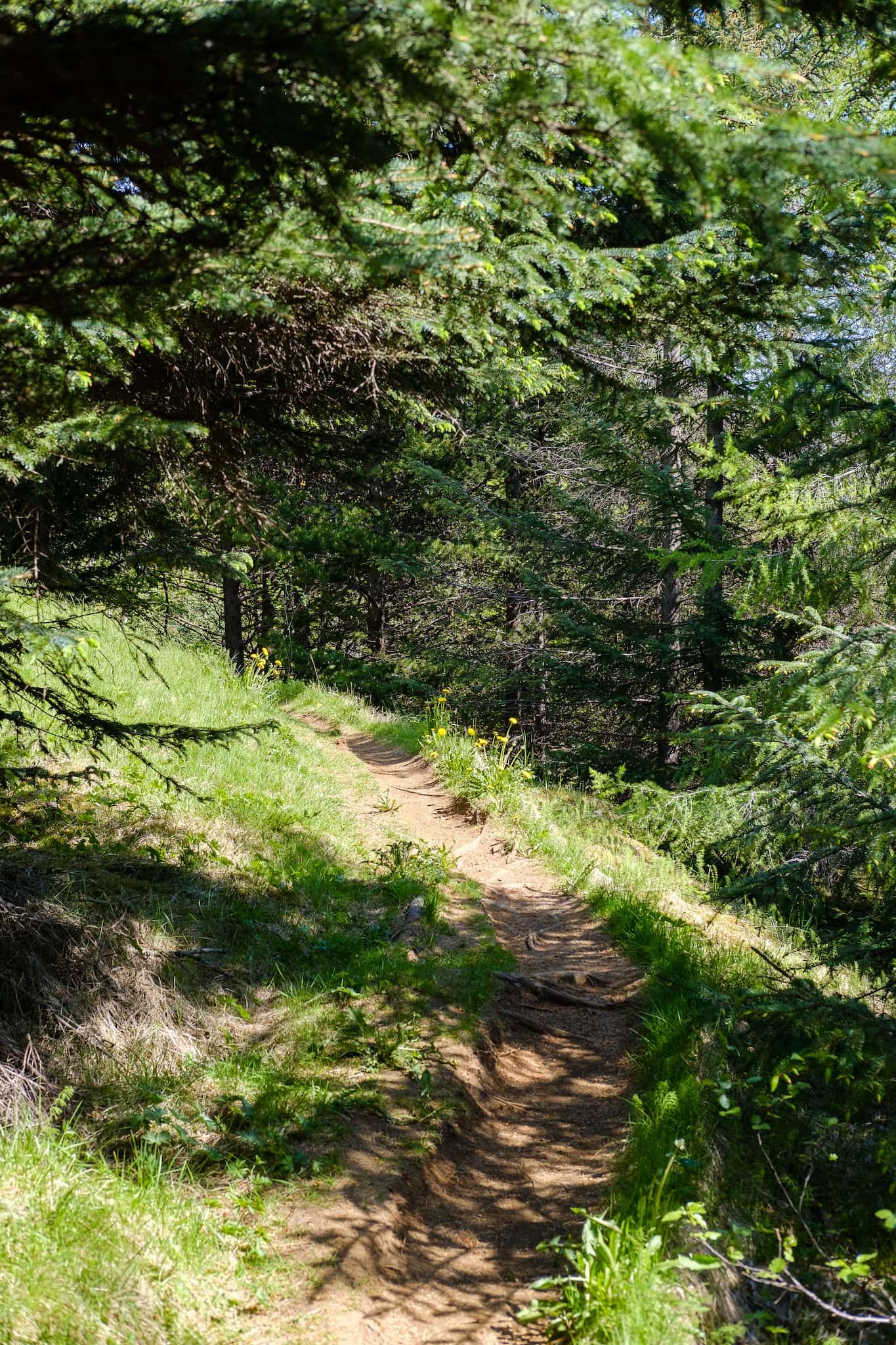
When she began the area was almost barren, stripped of trees and grazed into dirt by sheep farmers.
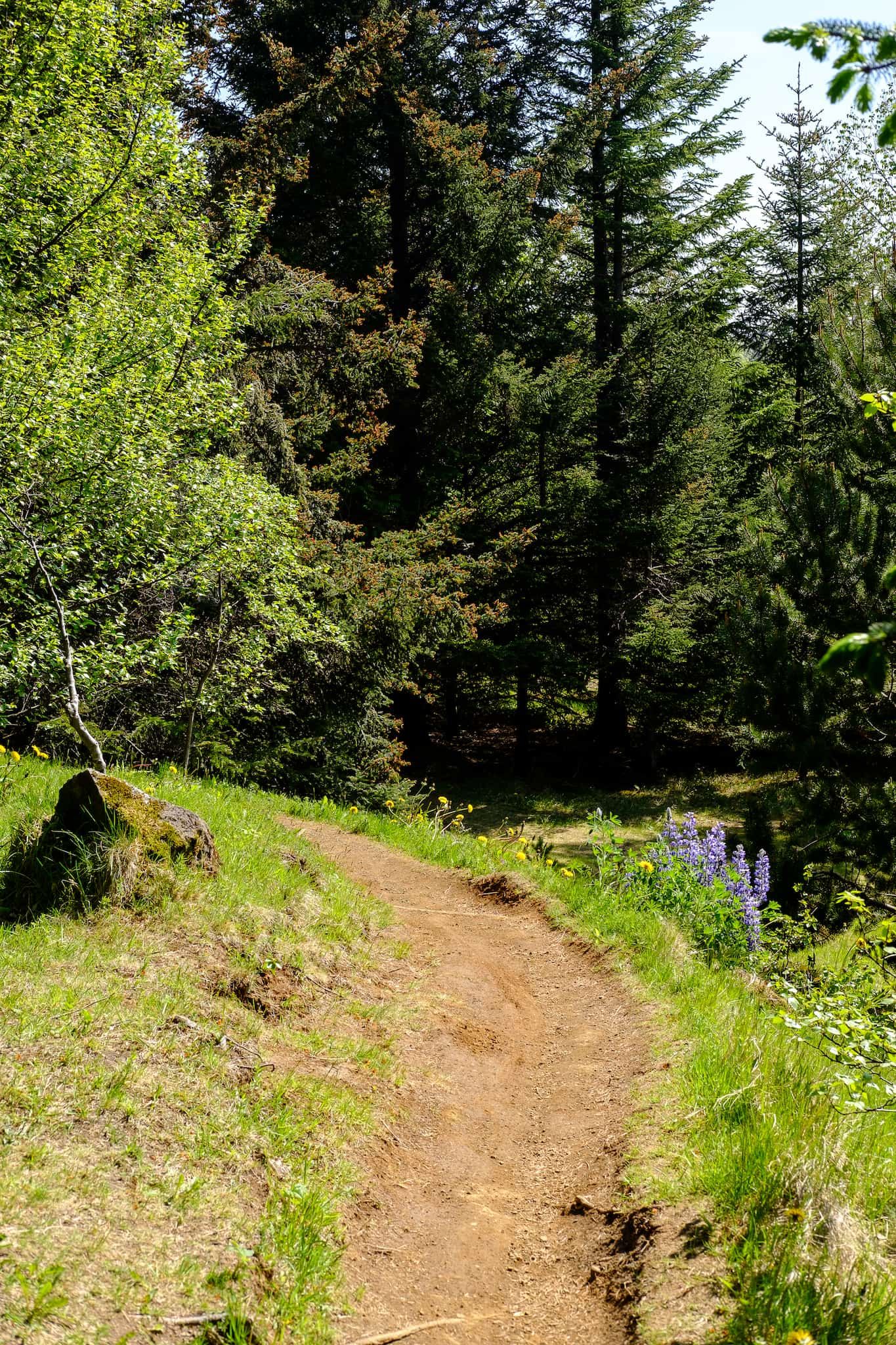
Today it’s, to quote what her friend Laufey Valdimarsdóttir wrote in Binna’s obituary, “Binna’s beautiful forest”.
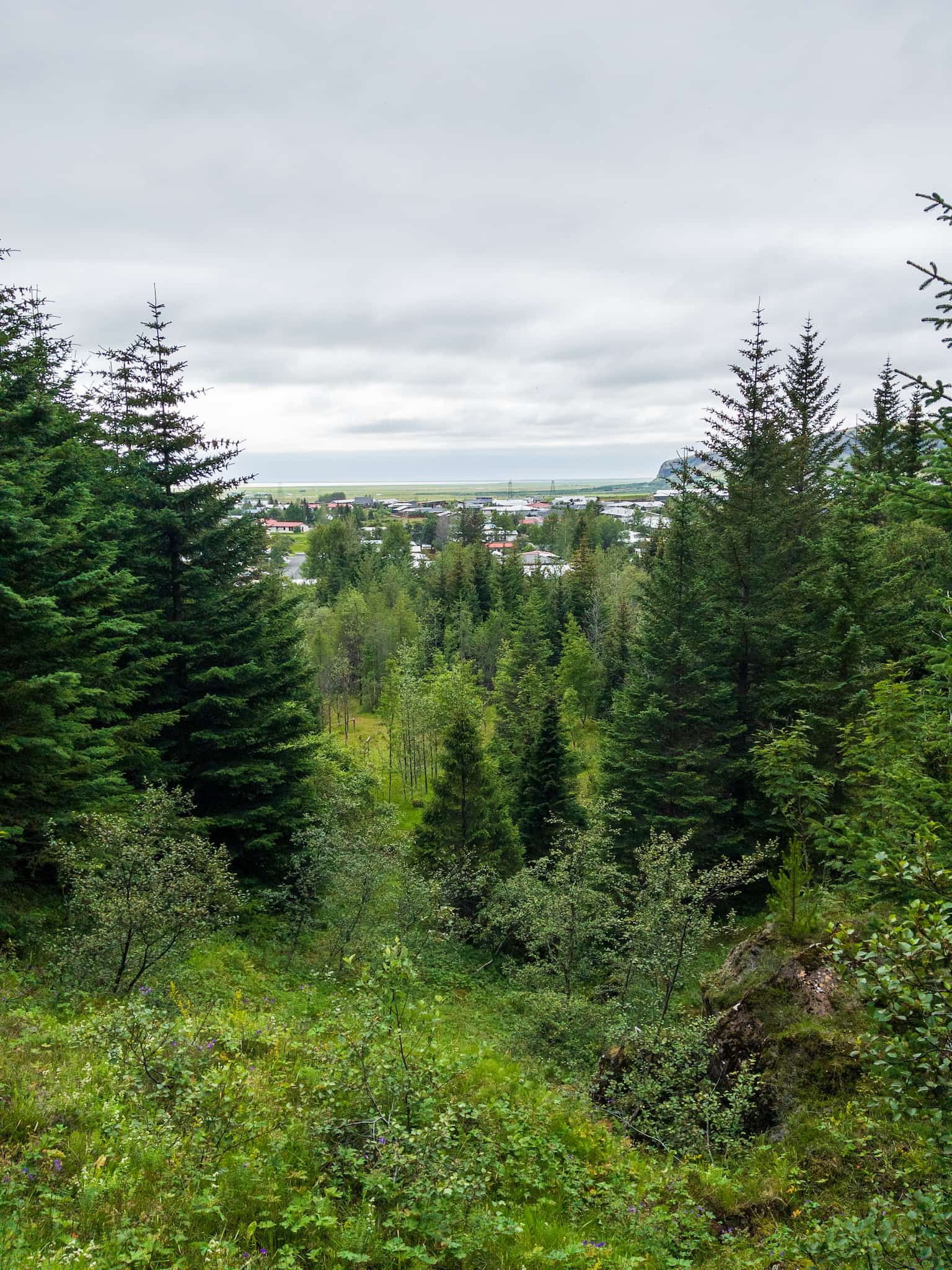
Every time I walk through her grove an on into the forested areas around Hveragerði, wading through the vigorous plant life, I think about how much one dedicated person can accomplish.
And I can’t imagine a more appropriate monument to that work than an overgrown grove filled with trees and wild flowers.
